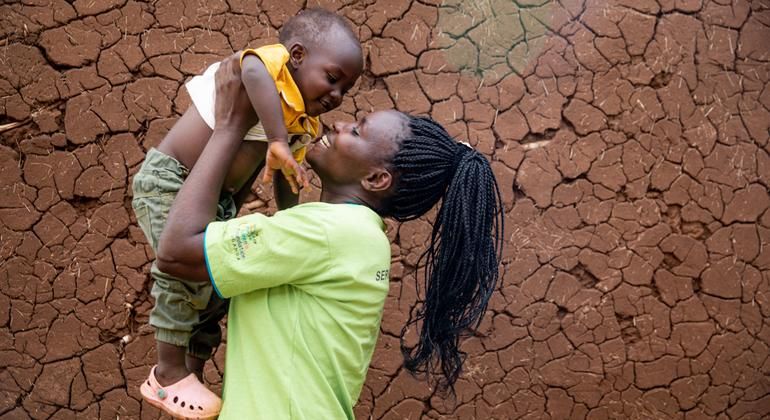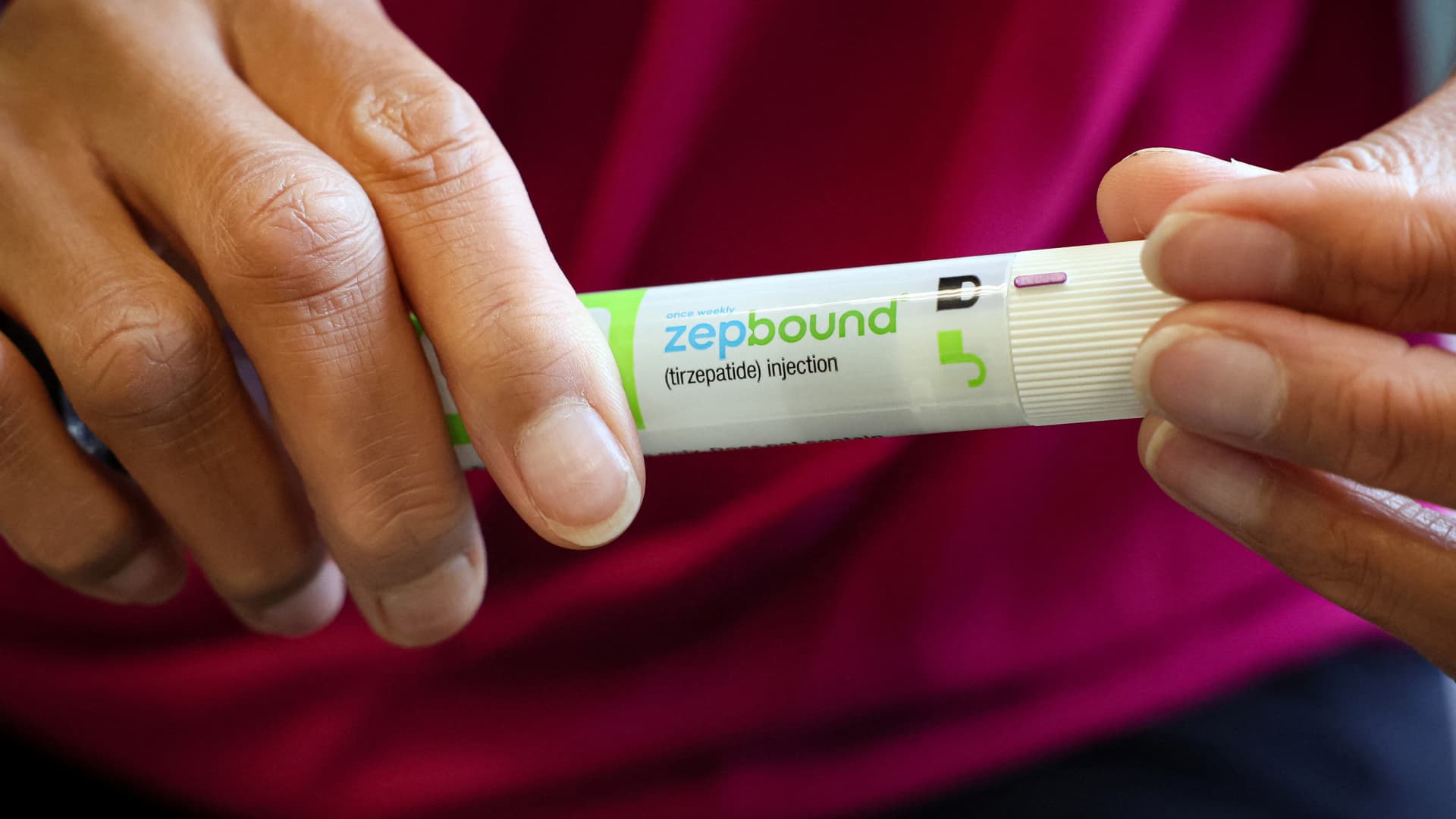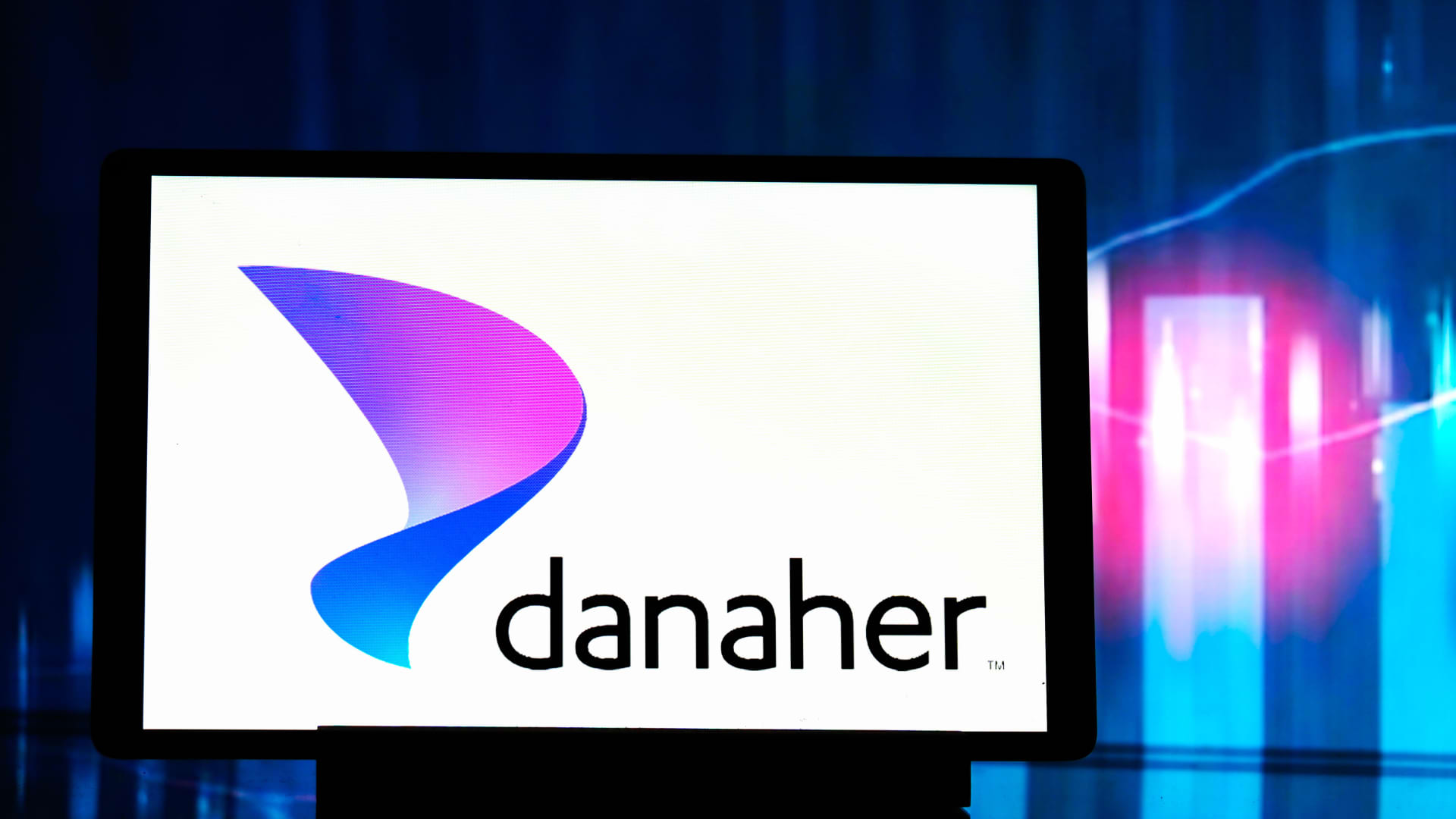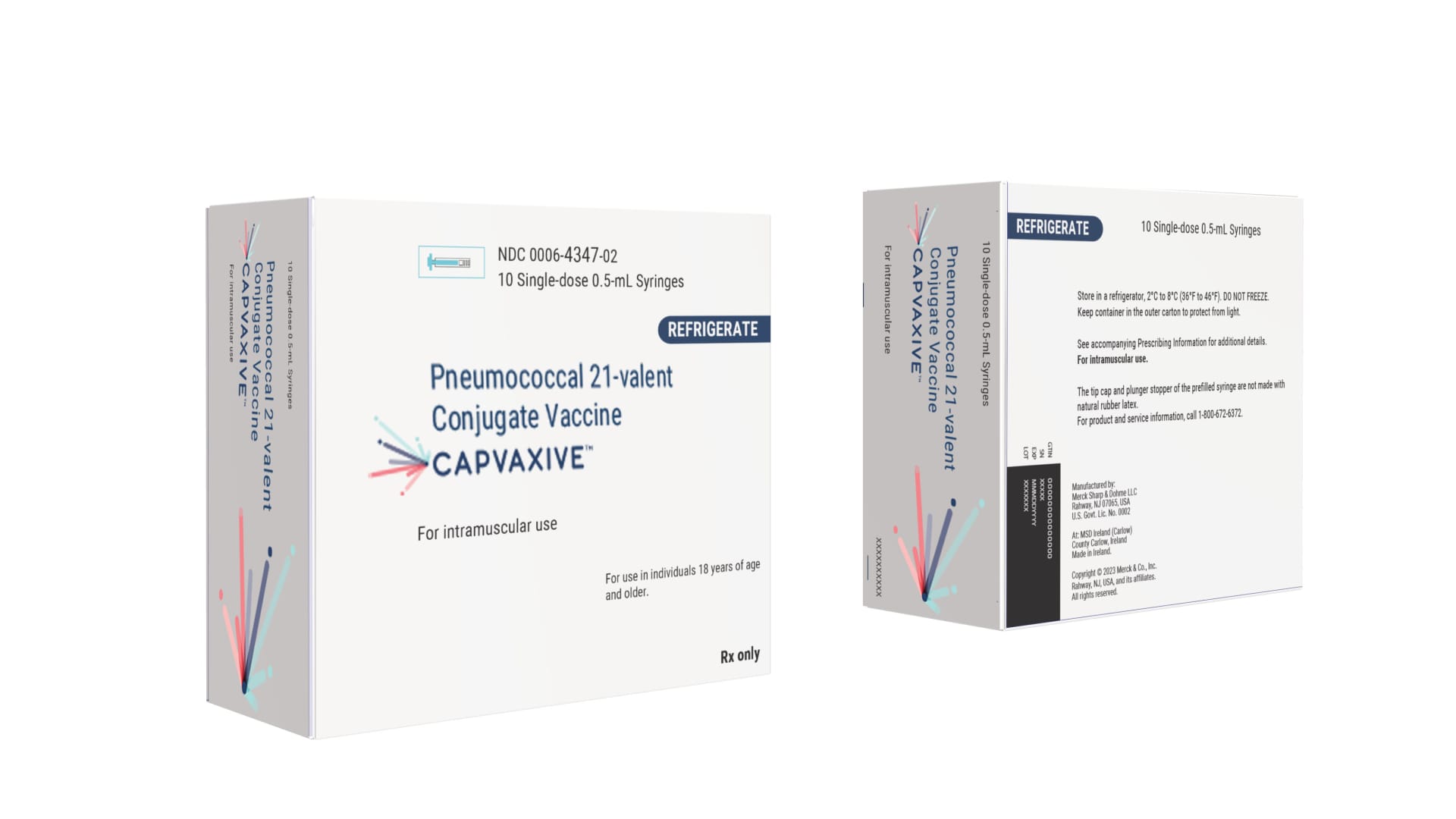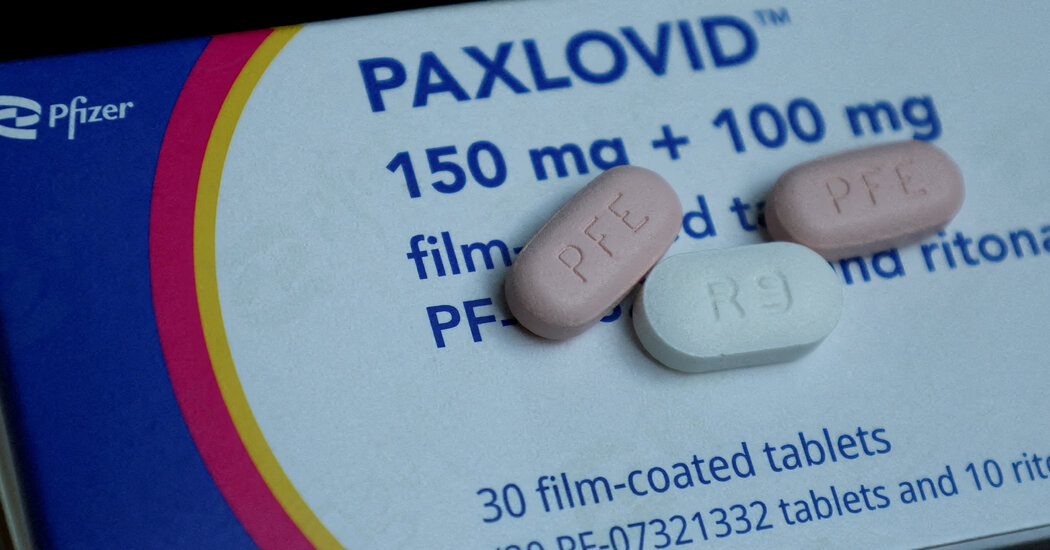This year's commemoration honors the people and organizations who have been on the front lines of the disease, from fighting stigma and discrimination to promoting access to affordable interventions and community-led services.
“They have left an indelible mark on the world with their activism,” said WHO Director-General Tedros Adhanom Ghebreyesus.
Promotion and impact
Innovations like a once-daily pill for HIV treatment and affordable viral load testing are just some of the results of his years of advocacy.
“Affected communities fighting for tools to prevent, test and treat HIV enabled 30 million people to access antiretroviral therapy and helped prevent untold numbers of infections,” Tedros said.
“We are joining communities to help end AIDS as a public health threat by 2030.”
The WHO said decades of investment and learning from the HIV epidemic have also led to broader advances in health both globally and nationally.
The HIV response strengthened health systems and increased access to services beyond testing and treatment for the virus, enabling, for example, a rapid response to many diseases, including COVID-19 and mpox.
Millions of people do not receive treatment
However, despite significant progress, HIV remains a pressing public health problem, the WHO said.
Globally, 9.2 million people do not have access to treatment, while 1,700 people die every day from HIV-related causes. Another 3,500 are infected, many of whom are unaware of their situation or do not have access to treatment.
Additionally, funding, criminalization, and limitations affecting the role of “community advocates” impact the progress they have made and delay efforts to end AIDS.
Many communities – including men who have sex with men, transgender people, sex workers, people who use drugs and adolescents – still lack access to critical prevention, treatment and care services.
Continued funding is crucial
WHO highlighted the urgent need to continue funding HIV programs so that community leaders can continue reaching affected people, essential to closing gaps in the diagnosis and treatment of children living with the virus.
These efforts are also key to achieving the global goals of ensuring that 95 percent of people living with HIV know their status, 95 percent of people diagnosed receive antiretroviral treatment, and 95 percent of those receiving treatment have their viral load suppressed.
Earlier this week, the UN agency working to achieve the goal of zero HIV infections published a report urging governments and donors to fully support grassroots communities leading the fight to end AIDS.
Lighting the way
His campaign opened access to generic HIV medications, reducing the cost of treatment from $25,000 a year per person in 1995 to less than $70 in many countries, according to the UNAIDS report.
While communities around the world have demonstrated that they are ready, willing and able to lead, they must be adequately resourced, said UNAIDS Executive Director Winnie Byanyima.
“Too often, decision-makers treat communities as problems to be managed, rather than recognized and supported as leaders,” he added. “Communities do not get in the way, they illuminate the path to the end of AIDS.”

